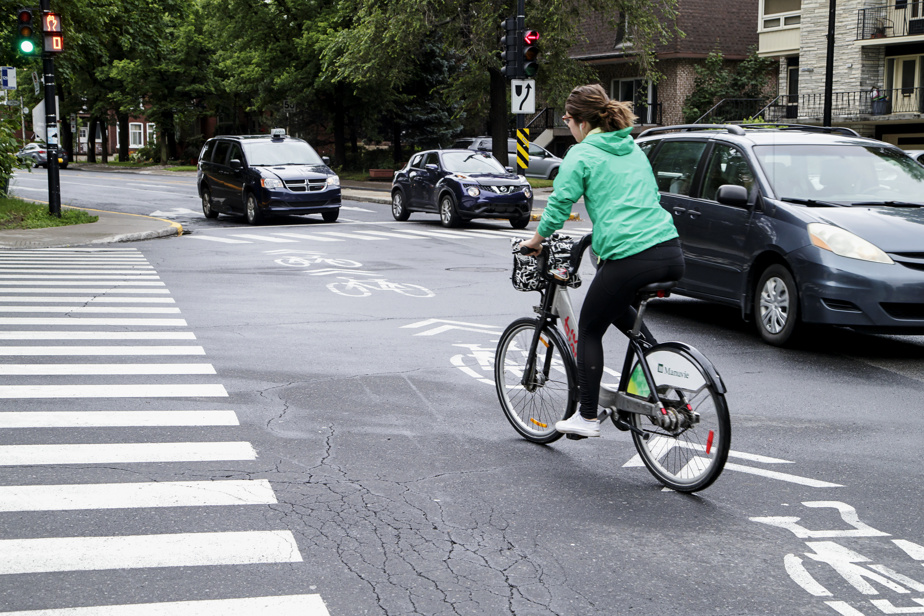Improve your chances of survival
Cyclist or pedestrian, if you are hit by a motor vehicle traveling at 50 km/h, your risk of dying is 75%. At 30 km/h, it is only 10%. For passengers too, speed can be a game-changer. A vehicle traveling at 100 km/h will need, to stop, a distance half as long as if it were traveling 130 km/h (76 meters instead of 165 meters, on dry roads). Slowing down also reduces the violence of collisions. An impact at 50 km/h is already the equivalent of falling from a four-story building. At 100 km/h? Fourteen floors…
Sources: National Institute of Public Health of Quebec (INSPQ), Société de l’assurance automobile du Québec (SAAQ)
Pollute less

PHOTO HUGO-SÉBASTIEN AUBERT, LA PRESSE ARCHIVES
At 100 km/h, a vehicle consumes approximately 20% less fuel than at 120 km/h, recalls Natural Resources Canada.
Reducing the maximum speeds allowed on the highways of so-called advanced economies by at least 10 km/h would reduce automobile oil consumption by approximately 290 thousand barrels of oil per day (and an additional 140 kb/d for trucks) , calculated the International Energy Agency. Knowing that a liter of gasoline consumed by a motor vehicle generates approximately 2.3 kg of CO2, taking your foot off the highway can have a significant effect. At 100 km/h, a vehicle consumes approximately 20% less fuel than at 120 km/h, recalls Natural Resources Canada.
See more fuel-efficient driving tips
Eat better

PHOTO JOANN PAI, THE NEW YORK TIMES ARCHIVES
Taking the time to chew would also bring “a higher level of satisfaction: each bite comes with more pleasure than if you swallow quickly”.
Swallowing your meal more slowly, with attention, is beneficial in several ways. “When we eat more slowly, we appreciate food more and we are satisfied with less,” emphasizes nutritionist Stéphanie Côté. This helps “reduce body mass index, reduce the risk of becoming obese. It is associated with less risk of cardiovascular disease, and also type 2 diabetes,” meta-analyses suggest. Taking the time to chew would also bring “a higher level of satisfaction: each bite comes with more pleasure than if you swallow quickly”. Not to mention that the satiety signal takes 15 to 20 minutes to travel to the brain.
Visit the website of the Chief Scientist of Quebec
Consult Canada’s Food Guide
Work safely

PHOTO FRANÇOIS ROY, LA PRESSE ARCHIVES
Taking microbreaks helps “relax your joints”, and organizing rotations means that “it’s not always the same people who are exposed to these rapid cadences”.
“There is a fairly well-demonstrated link between the number of repetitive actions performed over a period and the subsequent appearance of musculoskeletal disorders,” says Denis Denys, ergonomist and professor in the physical activity sciences department of the ‘UQAM. A pace that is too fast can also be stressful, and deprive the employee of the satisfaction of a job well done. If suggesting to employers to slow down would be, “in the production system [actuel], very poorly received”, there are other possibilities. Taking microbreaks helps “relax your joints”, and organizing rotations means that “it’s not always the same people who are exposed to these rapid cadences”.
